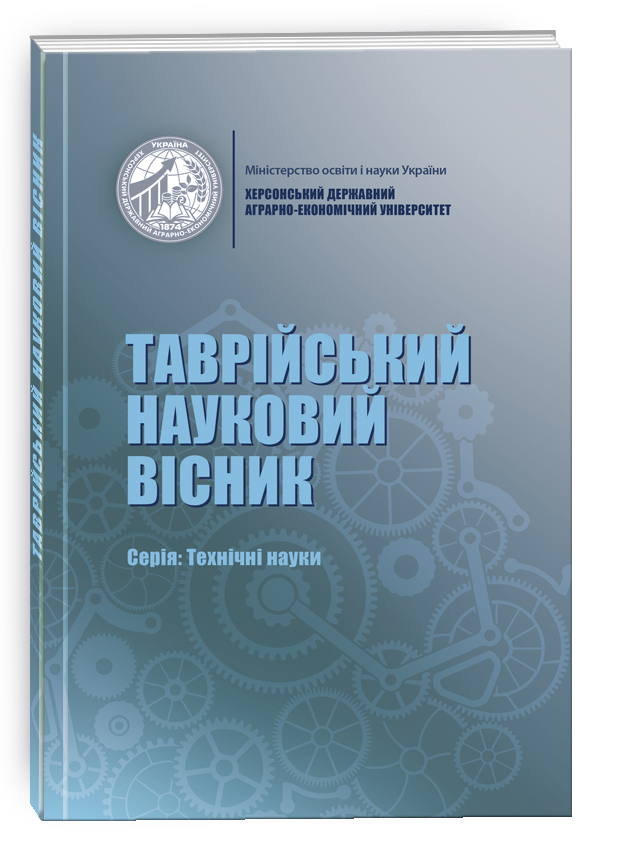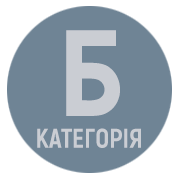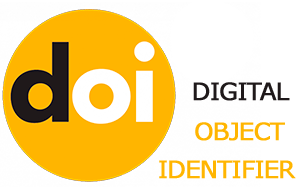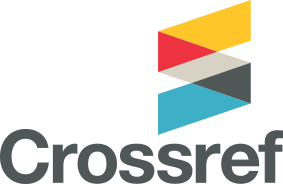COMMUNICATIVE PLATFORM FOR CLASSIFYING AND CONSTRUCTING PROGRAM GENERATION METHODS BASED ON NATURAL LANGUAGE USING ARTIFICIAL INTELLIGENCE
DOI:
https://doi.org/10.32782/tnv-tech.2024.5.8Keywords:
program generation, code generation, large language models, communicative process, communicative systemsAbstract
The paper is devoted to the methods of generating programs using artificial intelligence based on natural languages. It is proposed that a communicative platform be used to classify and construct methods of generating programs based on natural languages. An essential aspect of generating programs is the multimodality of the means of specification – the perception of the appropriate means of generating fuzzy conditions in various forms, for example, in natural language queries, diagrams, tables, etc. The work considers approaches based on generative artificial intelligence tools, including multimodal ones, to model communication systems. The key to using a communicative platform for the description and research of artificial intelligence tools for generating programs based on natural languages is the combination of implementations of the components of the communicative system of information exchange, in particular, the method of describing the subject area and the assignment of the subject-initiator and subject-processor. Thus, a classification is proposed based on the methods of specifying the objects of the subject area, the methods of specifying the purpose of the processing (program), and the selection of the model of the processing entity, and the method of specifying its internal procedures. The purpose of processing can be specified either implicitly in the form of requirements for source objects or explicitly in the form of steps to perform the necessary transformations. In terms of communicative informatics, both formats of setting a goal are presented as a special information object – a program. The article describes, in terms of the communication platform, methods based on the generation of software code and methods based on intelligent agents and mixed approaches, a convolution of communication systems, where the AI agent is both a processing subject and an initiating subject that sets descriptive systems for the executor-processor of the program code, in particular, self-reflective approaches? Like ReAct (Reasoning and Acting) and the architecture of the Artificial Intelligence Operating System. In particular, the multi-agent architecture of AgentCoder is the state of the art solution according to benchmarks on datasets for the tasks of generating the software code of HumanEval and MBPP.
References
OpenAI, Achiam J., Adler S., Agarwal S. та ін. GPT-4 Technical Report. 2024. arXiv:2303.08774 [cs.CL]. URL: https://arxiv.org/abs/2303.08774.
Touvron H., Martin L., Stone K., Albert P. та ін. Llama 2: Open Foundation and Fine-Tuned Chat Models. 2023. arXiv:2307.09288 [cs.CL]. URL: https://arxiv.org/abs/2307.09288.
Lozhkov A., Li R., Ben Allal L., Cassano F. та ін. StarCoder 2 and The Stack v2: The Next Generation. 2024. arXiv:2402.19173 [cs.SE]. URL: https://arxiv.org/abs/2402.19173.
Jiang A.Q., Sablayrolles A., Mensch A., Bamford C. та ін. Mistral 7B. 2023. arXiv:2310.06825 [cs.CL]. URL: https://arxiv.org/abs/2310.06825.
Zubenko V. On the communicative informatics // Bulletin of Taras Shevchenko National University of Kyiv. Series Physics & Mathematics. 2013. № 2. P. 151–156.
Le T.H.M., Chen H., Babar M.A. Deep Learning for Source Code Modeling and Generation: Models, Applications, and Challenges // ACM Computing Surveys. 2020. Vol. 53, № 3. P. 1–38. DOI: 10.1145/3383458. URL: http://dx.doi.org/10.1145/3383458.
Chen M., Tworek J., Jun H., Yuan Q., Ponde de Oliveira Pinto H., Kaplan J., та ін. Evaluating Large Language Models Trained on Code. 2021. arXiv:2107.03374 [cs. LG]. URL: https://arxiv.org/abs/2107.03374.
Austin J., Odena A., Nye M., Bosma M., Michalewski H., та ін. Program Synthesis with Large Language Models. 2021. arXiv:2108.07732 [cs.PL]. URL: https://arxiv.org/abs/2108.07732.
Cobbe K., Kosaraju V., Bavarian M., Chen M., Jun H., та ін. Training Verifiers to Solve Math Word Problems. 2021. arXiv:2110.14168 [cs.LG]. URL: https://arxiv.org/abs/2110.14168.
Zellers R., Holtzman A., Bisk Y., Farhadi A., Choi Y. HellaSwag: Can a Machine Really Finish Your Sentence? 2019. arXiv:1905.07830 [cs.CL]. URL: https://arxiv.org/abs/1905.07830.
Yao S., Zhao J., Yu D., Du N., Shafran I., та ін. ReAct: Synergizing Reasoning and Acting in Language Models. 2023. arXiv:2210.03629 [cs.CL]. URL: https://arxiv.org/abs/2210.03629.
Xia S., Li X., Liu Y., Wu T., Liu P. Evaluating Mathematical Reasoning Beyond Accuracy. 2024. arXiv:2404.05692 [cs.CL]. URL: https://arxiv.org/abs/2404.05692.
Mei K., Li Z., Xu S., Ye R., Ge Y., Zhang Y. AIOS: LLM Agent Operating System. 2024. arXiv:2403.16971 [cs.OS]. URL: https://arxiv.org/abs/2403.16971.
Huang D., Bu Q., Zhang J.M., Luck M., Cui H. AgentCoder: Multi-Agent-based Code Generation with Iterative Testing and Optimisation. 2024. arXiv:2312.13010 [cs. CL]. URL: https://arxiv.org/abs/2312.13010.
Koziolek H., Grüner S., Hark R., Ashiwal V., Linsbauer S., Eskandani N. LLM-based and Retrieval-Augmented Control Code Generation // In Proceedings of 1st International Workshop on Large Language Models for Code (LLM4Code’24). 2024. Association for Computing Machinery (ACM).







